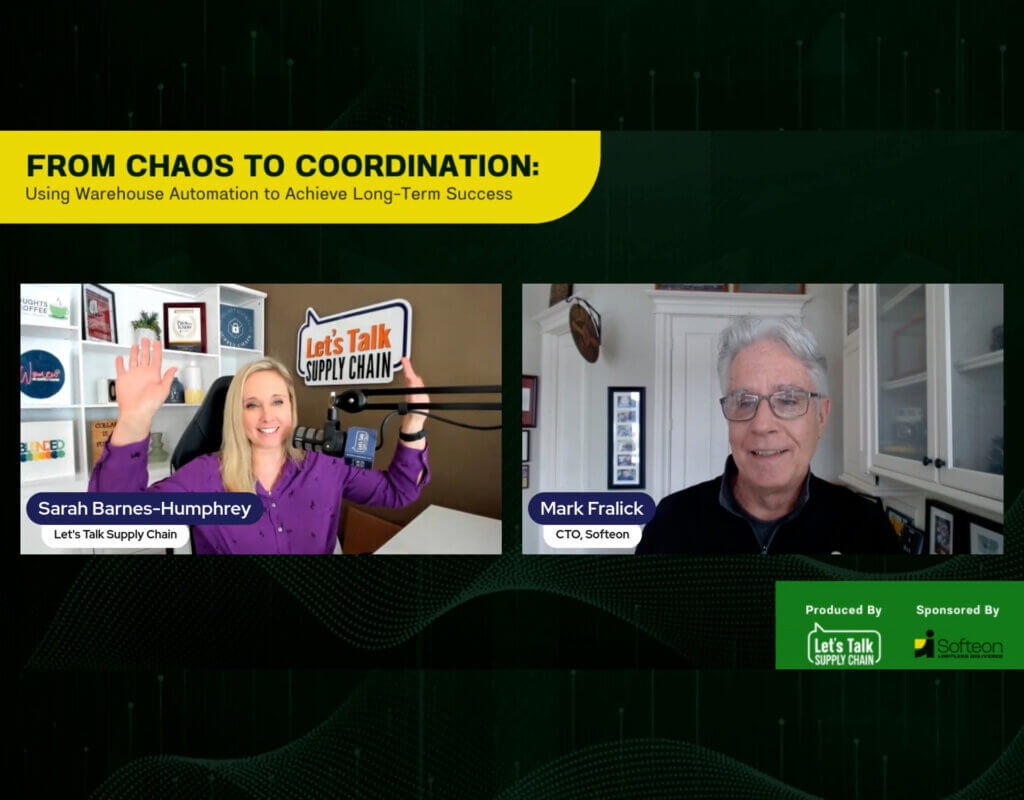07.08.20
Warehouse execution systems grew out of the need to manage the way orders are processed in highly automated DCs to get more efficiency out of high-end fixed automation—but now the focus is expanding. Here’s how suppliers are addressing the need to manage automated and manual workflows, and apply machine learning and predictive models.
Warehouse execution system (WES) software grew out of the need for automated distribution centers to throttle the release of order fulfillment through automation in a way that met customer delivery windows while keeping utilization high and steady.
The first WES suppliers got a foothold in DCs that were installing high-end, fixed automation like sortation systems. These operations needed a nimbler way of releasing work to the floor versus the “waves” of work that most warehouse management system (WMS) solutions of the time batched together for processing.
Today, that core purpose for WES still remains, but the value proposition is expanding. Instead of optimization of one major automation system in mind, it’s about optimizing flow across all assets and resources, including robots and processes that rely on manual labor.
Source: Roberto Michel, MaterialHandling24/7.com




